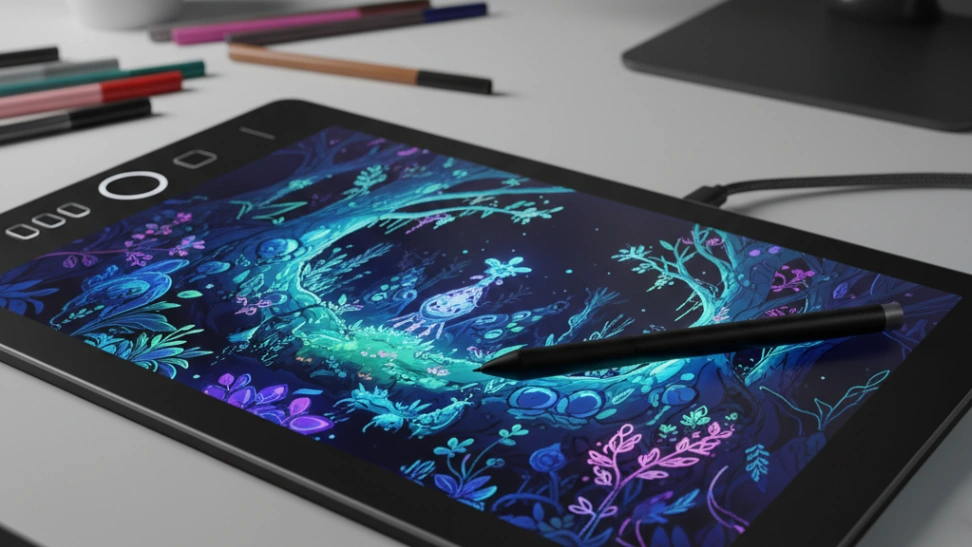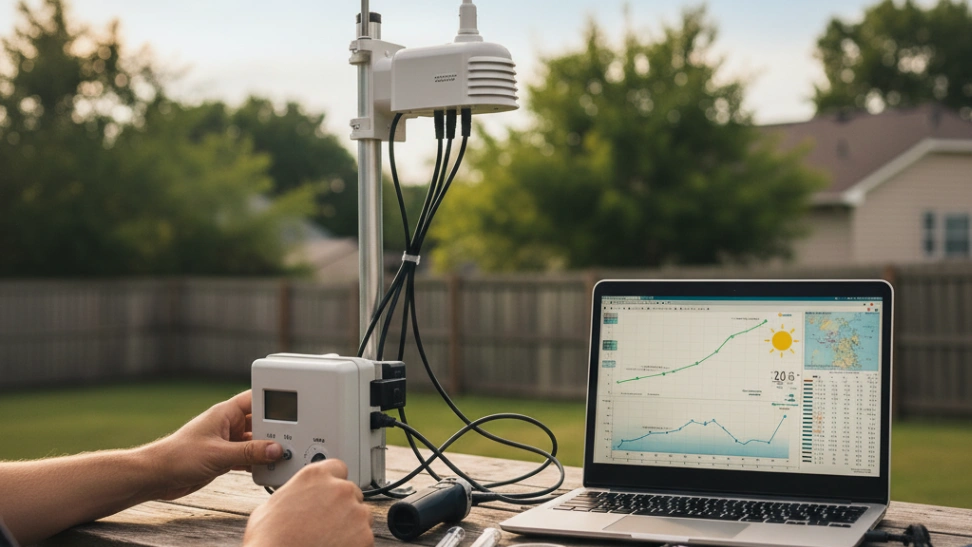The origins of digital art can be traced back to the mid-20th century with early computer graphics experiments. Pioneering artists and engineers began exploring the aesthetic potential of computers in the 1960s, notably with programs like Ivan Sutherland's Sketchpad in 1963, which allowed users to draw directly on a screen with a light pen. Early digital art was often abstract or mathematical, constrained by the limited processing power and display capabilities of the era. The emergence of personal computers in the late 1970s and early 1980s, alongside rudimentary painting programs, slowly democratized access, moving the medium out of specialized labs and into the hands of more individuals. The 1990s brought significant advancements with more sophisticated software like Photoshop and Painter, coupled with affordable graphics tablets, making digital painting and photo manipulation accessible to a wider audience. This period also saw the rise of the internet, providing new platforms for artists to share and collaborate. The 21st century has witnessed an explosion in digital art forms, fueled by powerful mobile devices, advanced pressure-sensitive tablets, and sophisticated 3D and animation software. Technologies like virtual reality (VR) and augmented reality (AR) are now pushing the boundaries further, allowing for immersive and interactive digital art experiences that were once the realm of science fiction. The evolution of digital art is intertwined with the relentless progress of technology, continually redefining what is possible in the visual arts. The rapid adoption of AI-driven art tools in recent years represents another paradigm shift, challenging traditional notions of authorship and creativity while opening up entirely new avenues for artistic expression. This continuous innovation ensures that digital art remains at the forefront of contemporary artistic practice, constantly adapting and expanding its reach.
Engaging in digital art involves a symbiotic relationship between an artist's vision and the tools they employ. At its core, it often begins with a concept or an idea, much like traditional art. However, instead of canvas and brushes, artists utilize software applications such as Adobe Photoshop, Procreate, Clip Studio Paint, or Krita, running on devices ranging from desktop computers with dedicated graphics tablets to iPads or other tablets with styluses. These tools provide a vast array of virtual brushes, textures, blending modes, and editing capabilities that far exceed the physical limitations of conventional mediums. A digital artist might start with a blank digital canvas, sketching out initial ideas with a virtual pencil, then moving on to blocking in colors, refining details with specialized brushes, and adjusting lighting and atmospheric effects with precision. Layers are a fundamental aspect, allowing artists to work on different elements of an artwork independently, providing immense flexibility for revisions and experimentation without destroying underlying work. The ability to undo mistakes instantly is also a game-changer, fostering a less inhibited approach to creativity. Beyond static images, digital art extends to dynamic forms like animation, where artists create sequences of images that simulate movement, and 3D modeling, where virtual sculptures are built from polygons and textures, often rendered into photorealistic scenes. Each discipline within digital art requires specific software and workflows, but all share the common thread of leveraging computational power to manifest artistic expressions.
The digital art community is vibrant and globally interconnected, thriving on online platforms. Websites like DeviantArt, ArtStation, Instagram, and Behance serve as massive galleries where artists showcase their portfolios, discover inspiration, and connect with peers and potential clients. Social media has played a pivotal role in fostering a sense of community, allowing artists to share work-in-progress, receive feedback, and participate in challenges or collaborations. There are countless online tutorials, courses, and workshops available, ranging from free YouTube videos to comprehensive paid programs on platforms like Domestika, Skillshare, and Concept Art Mentorship. This accessibility means that aspiring digital artists can learn from experienced professionals regardless of their geographical location or formal education background. Many artists also stream their creative process live on platforms like Twitch, offering real-time insights into their techniques and workflows. This open environment of sharing and learning accelerates skill development and helps newcomers navigate the often-complex world of digital tools. Forums and Discord servers dedicated to specific software or art styles provide spaces for troubleshooting, asking questions, and networking. The community aspects are not just about showing off; they are crucial for professional development, finding opportunities, and simply feeling part of a larger creative movement. Critiques and constructive feedback are often exchanged, helping artists to grow and refine their skills in a supportive, albeit sometimes competitive, environment.
The benefits of pursuing digital art are numerous. Its environmental friendliness, requiring no physical paints, solvents, or canvases, appeals to many. The portability of modern devices allows artists to create anywhere, from a coffee shop to a mountaintop. The iterative nature of digital tools means less waste and more room for experimentation, as revisions are easily made. Digital artwork can be effortlessly duplicated, distributed, and archived, making it ideal for commercial applications like game development, film production, and advertising, as well as for personal expression. The global reach of the internet allows artists to find niches and audiences that might be impossible to reach with traditional art forms. However, digital art also comes with its own set of challenges. The initial cost of quality hardware and software can be substantial, creating a barrier to entry for some. The steep learning curve associated with mastering complex software programs can be daunting, requiring significant patience and dedication. Artists must also contend with digital eye strain from prolonged screen time and ergonomic issues if their workspace is not properly set up. Furthermore, the ephemeral nature of digital files requires diligent backup practices to prevent loss of work. The sheer volume of digital content online can also make it challenging for emerging artists to stand out and gain visibility. Questions of originality and copyright are becoming increasingly complex with the rise of AI tools, prompting discussions about intellectual property and artistic integrity within the community. Despite these hurdles, the continuous evolution of tools and the boundless creative potential ensure that digital art remains a captivating and rewarding hobby and profession.



